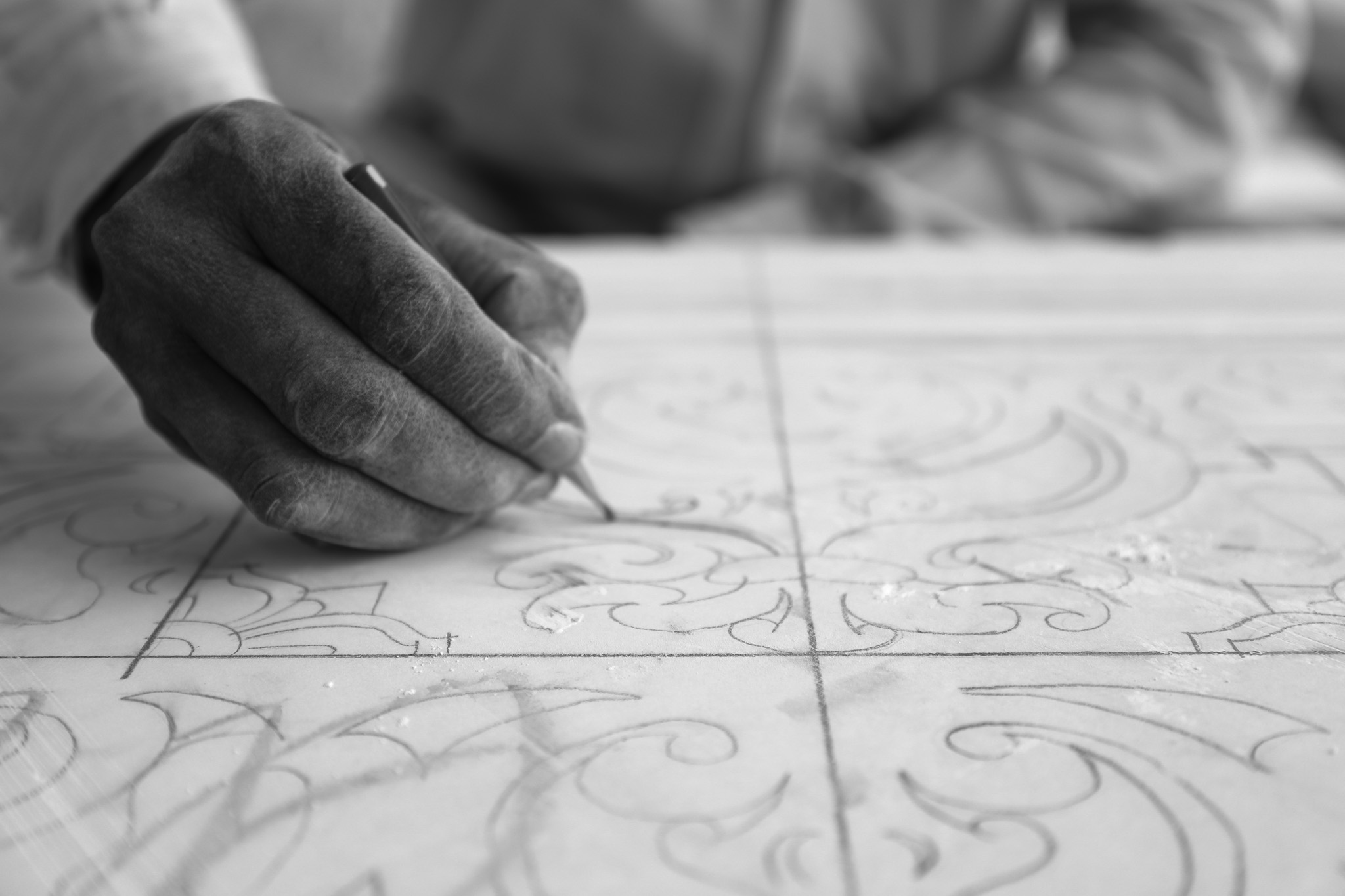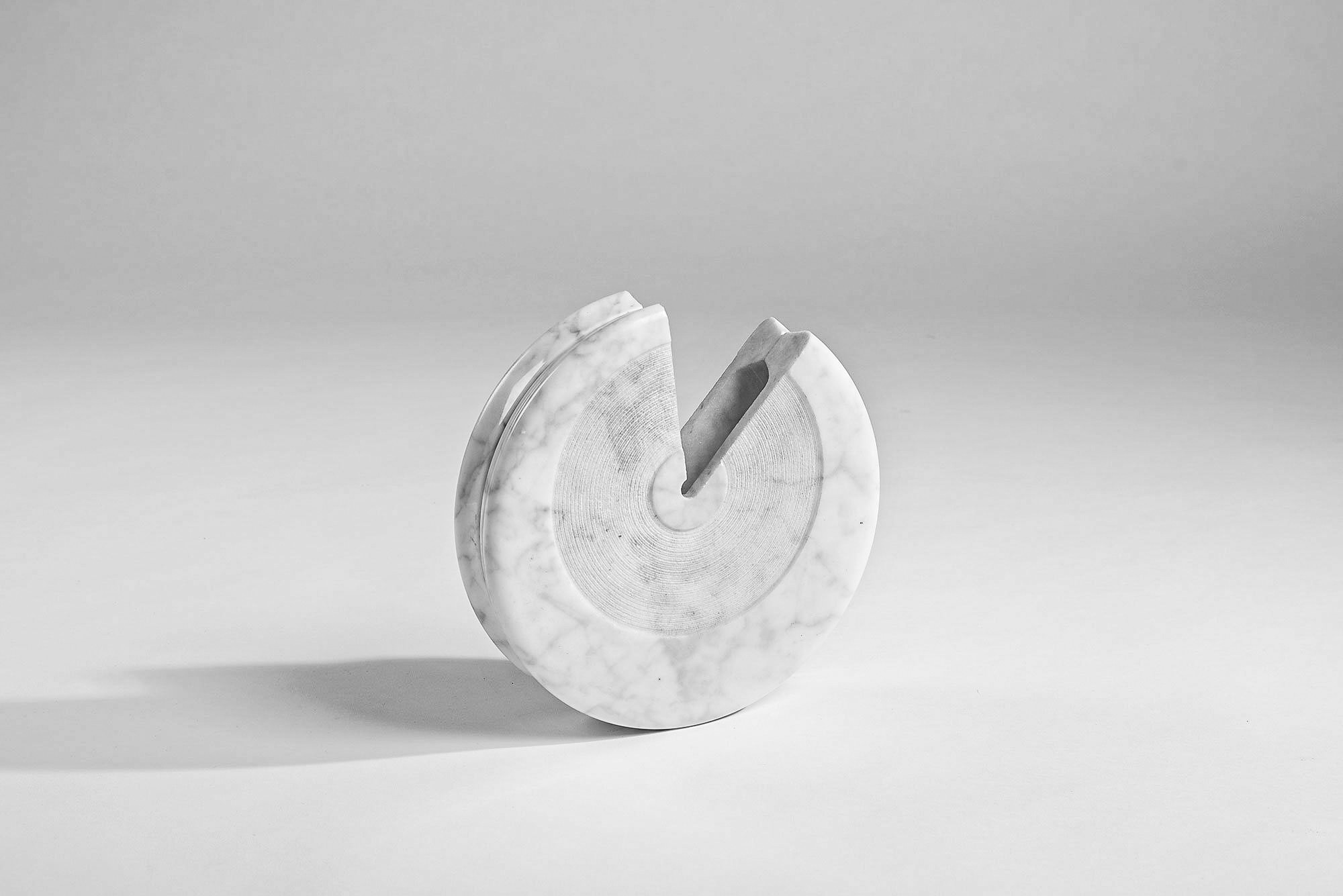Fingerprints of Humanity
Great artistry stands the test of time. Monuments created by the ancients still grace our world today, a testament to the hands that formed them. The pyramids of Egypt, the architectural innovations of the Greeks and Romans, the ancient temples of India … much of the imagery that we have come to associate with a time, place and culture comes from its monuments. In truth, the history of humanity is recorded by our stonemasons.

Continuing Ancient Skills
Those who mine the stone, work the stone and create with the stone, then, have some of the most important jobs in any society. They are responsible for making something that will exist beyond their lifetime; a lasting memorial to the skill and artistry of the craft. This is as true for an artisan’s beautiful marble bowl as it is for a mason’s venerable palace.
Master craftsmen of Makrana, the Ustaji are deeply rooted in this ancient profession. Guided by the rich legacy of their ancestors, they hand down their finely honed skills from one generation to another. It is a continuous flow of dedication that has lasted for centuries and continues today.

The Finest Stones
Their ability to draw out Makrana marble’s famous luminescence is legendary. The wonders of the Taj Mahal, the Victoria Memorial in Kolkata and the Birla Temple of Jaipur, all stand testament to the skills of the Ustaji ancestors. Once a holy stone reserved for use in sacred works, you will now find Makrana marble in homes and hotels across the globe.
Today, the Ustaji are bringing their great intuition to other fine stones, notably Bhaislana’s intense black marble, Dholpur’s delicate beige sandstone, and Jaisalmer’s warm yellow limestone, famous for its distinct patterning.

Contemporary Ustaji Stonecraft
Beloved by architects and interior designers alike, Makrana marble carved by the Ustaji is incredibly versatile. Whether used in smooth flooring or intricately carved sculptures, it catches the light beautifully. It also makes for exquisite, hardwearing furniture in the home and garden, such as table tops, tiles and fountains. For the Ustaji, as custodians of Makrana, it is a point of honor that traditionally high standards of production are adhered to, while using the simple, traditional tools of their ancestors.
Wherever we find Makrana marble, in the most elaborate architecture or the humblest object, its juxtaposition of enduring strength and soft translucence is evocative of a special place and a precious people – the Ustaji master stonemasons of Makrana.https://ustaji.com
To know more about Ustaji, please visit ustaji.com.